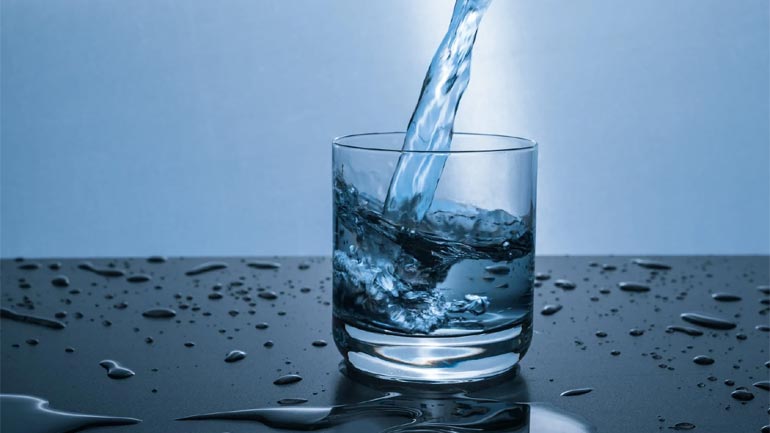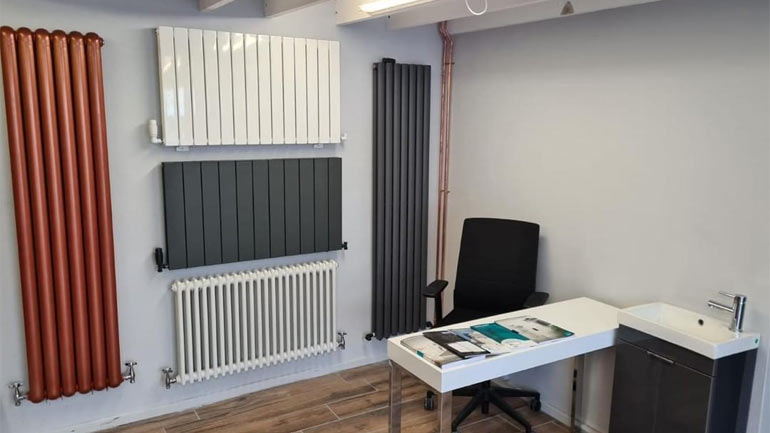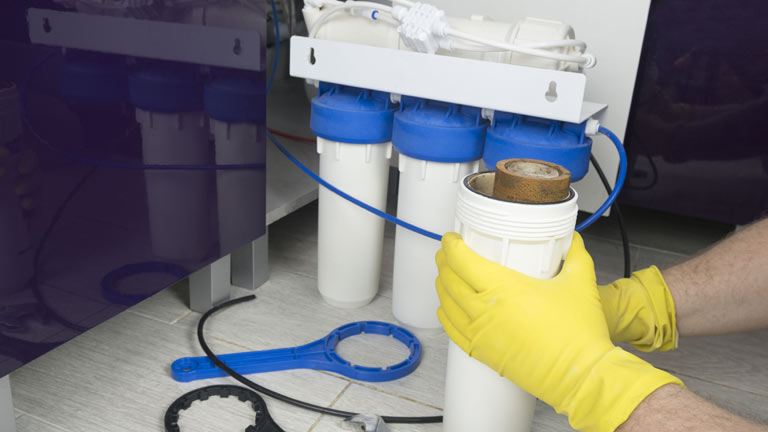
Whether you’re moving into a new home or are just starting to think about your health, knowing your residential water quality levels is an important step. The EPA sets standards for contaminants in water, but some other pollutants are on the rise.
Some contaminants, such as lead and arsenic, can cause long-term health effects that you might overlook right away. Others, like nitrates and nitrites, may be causing short-term illnesses.
Before you start thinking about what’s included in your drinking water and how it affects your family’s health, make sure you know the basics about water supply and your infrastructure.
Ensuring that your residential water quality remains high can be a difficult task, as various factors can potentially compromise the quality of your tap water.
Unregulated Contaminants in Public Water Systems
Public water systems have strict regulations and treatment requirements to which they must adhere; however, not all contaminants are regulated.
There may also be additional contaminants present due to groundwater contamination or byproducts of chlorination. If you think about it, most people don’t know exactly what is in their drinking water – still, they simply trust that it is clean and safe enough for them to drink.
The most common problem with tap water is usually its taste. However, many more factors make up the overall quality of your water. One factor that contributes significantly to the taste of tap water is its pH level or acidity/alkalinity.
The pH content in your water will determine whether it is considered hard or soft and can also affect how well soap lathers and cleanses your skin and hair.
Water with a High Mineral Content Can Be “Hard”
This includes most bottled water and groundwater contaminated with minerals (e.g., fluoride, arsenic).
Although the Safe Drinking Water Act regulates many contaminants in drinking water, there are still plenty of potential sources of contamination that continue to go unregulated.
How to Deal with Poor Water Quality in Your Home
A water filter can take your tap water from average to great by removing contaminants that may be present in it. There are several types of water filters:
Carbon filters, which use activated charcoal to remove many common contaminants, can be used in both pitchers and faucet-mounted filter systems.
Reverse osmosis (RO) filters remove most minerals, chemicals, and other substances from your drinking water; these tend to produce the highest quality drinking water but must be used with a separate faucet as it can’t attach directly to your sink.
Distillers produce clean, pure drinking water by boiling and evaporating the water and then condensing the steam into a clean receptacle; however, distilled water is devoid of many minerals and therefore isn’t ideal for drinking water, cooking, or coffee.
UV (Ultraviolet) filters use ultraviolet light to kill any bacteria present in your drinking water; they typically attach directly to your faucet and are super easy to install.
If you’re looking for the healthiest, safest drinking water possible, remember to check multiple reviews and ask your neighbors and friends for suggestions. You can test the available water quality in your home and compare it with the water filter data. A water filter not only will it provide you with clean, pure water, free of many contaminants, but it will also improve the taste of your tap water.




